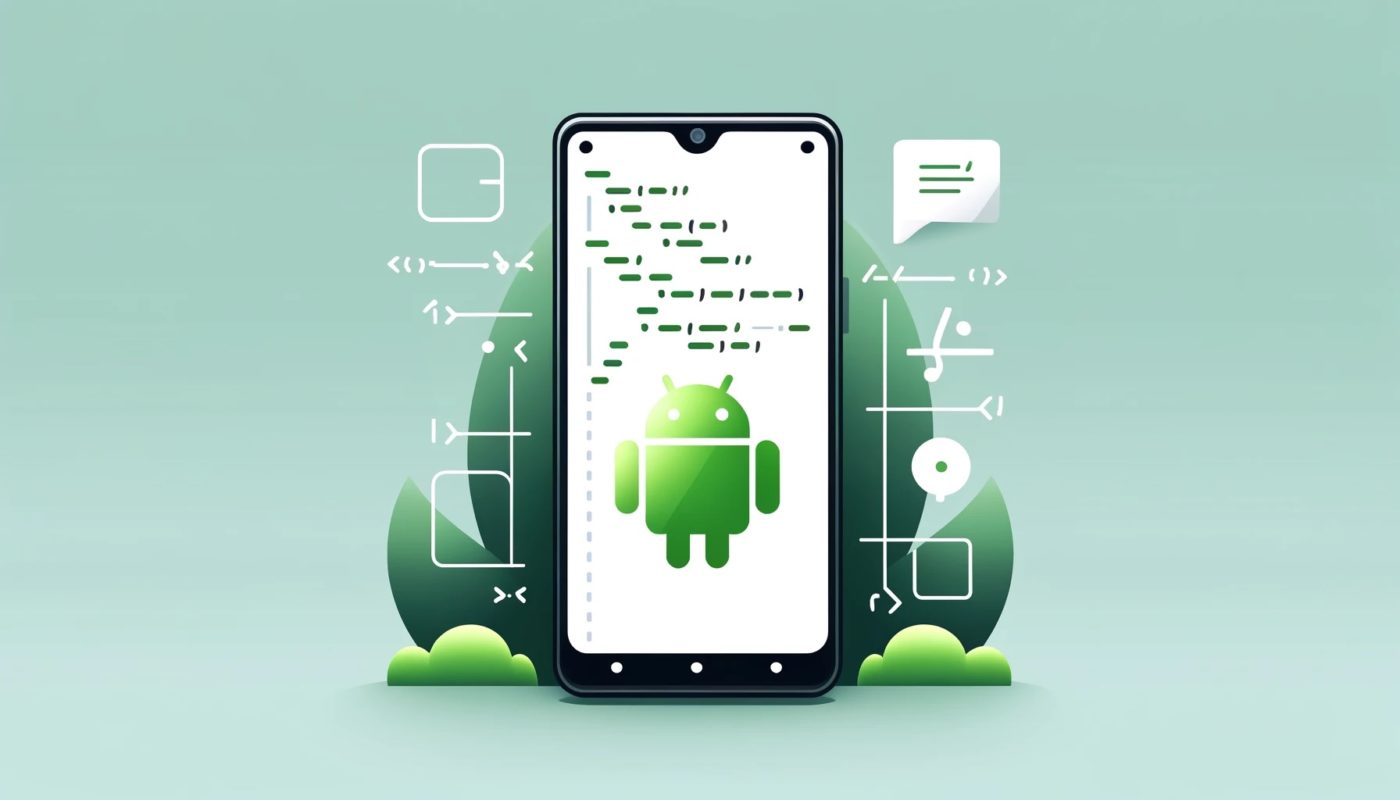Introduction
In modern Android app development, handling JSON data is a common task, especially when interacting with web APIs. JSON (JavaScript Object Notation) is a lightweight data interchange format that is widely used for transmitting data between a server and a client application. One common approach to working with JSON data in Android apps is by converting it into Plain Old Java Objects (POJOs). In this guide, we’ll walk through the process of creating POJO classes from JSON data in Android Studio, using Kotlin or Java.
1. Understanding JSON and POJO
– Brief explanation of JSON and its structure.
– Introduction to POJO classes and their purpose in Android development.
– Importance of mapping JSON data to POJO classes for easier manipulation and usage within the app.
2. Setting Up Android Studio Project
– Instructions on creating a new Android Studio project or opening an existing one.
– Ensuring necessary dependencies are added to the project for JSON parsing (e.g., Gson library).
3. Analyzing JSON Data
– Exploring the JSON data structure that needs to be converted into POJO classes.
– Identifying different types of JSON elements such as objects, arrays, and key-value pairs.
4. Generating POJO Classes
– Overview of tools available in Android Studio for generating POJO classes from JSON.
– Using plugins like GsonFormat or Codegen to automate the process.
– Manual creation of POJO classes based on the JSON structure.
5. Annotating POJO Classes
– Adding annotations such as @SerializedName (for Gson) or @JsonProperty (for Jackson) to map JSON keys to class properties.
– Handling nullable and non-nullable properties based on JSON data.
6. Nested Objects and Arrays
– Handling nested JSON objects and arrays within POJO classes.
– Creating separate POJO classes for nested objects or utilizing custom serializers/deserializers.
7. Testing POJO Classes
– Writing unit tests to verify the correctness of POJO class mappings.
– Parsing sample JSON data and comparing the results with expected POJO objects.
8. Using POJO Classes in Android App
– Integrating generated POJO classes into the Android app.
– Demonstrating how to parse JSON data using Gson or other JSON parsing libraries.
– Populating UI components with data extracted from POJO objects.
9. Handling Errors and Edge Cases
– Addressing potential issues such as mismatched JSON keys and class properties.
– Implementing error handling mechanisms for unexpected JSON structures.
10. Best Practices and Tips
– Providing guidelines for naming conventions in POJO classes.
– Optimizing POJO class design for better performance and readability.
– Recommending strategies for maintaining and updating POJO classes as JSON data evolves.
Conclusion
In conclusion, converting JSON data to POJO classes is a fundamental skill for Android developers when working with web APIs. By following the steps outlined in this guide, developers can efficiently create and integrate POJO classes into their Android apps, enabling seamless communication with backend services. Mastering this process will streamline data handling and enhance the overall user experience of the app.


